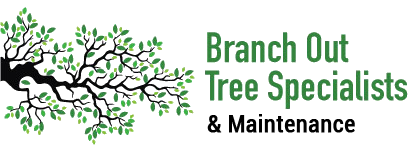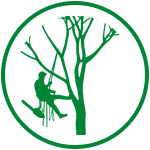Hedging
Tree shaping is a practice that has existed for centuries and is more a creative expression. Branch Out is big on hedging, particularly in Sydney’s commercial and residential areas where a lot of the boundary lines require shaping.
Hedges can fill a multitude of purposes in the urban landscape, providing both privacy, boundary delineation and structure to a garden. Many ornamental plants, both trees and shrubs, are well suited for hedges, but selection of a specific plant should be made by considering the particular purpose of the hedge and the growing conditions at the desired site. Most formal deciduous hedges will need reshaping at least twice a season. Usually, pruning when the plants are at the desired height and then later in the year. Often new property owners find themselves having to tackle an overgrown neglected hedge. If the hedge is of the deciduous type, there are two choices, depending on the specific plant involved. If the hedge is not too badly overgrown, cut back the sides and top, approximately 6 inches more than is desired for the eventual finished hedge. This ‘minor cutback’ allows a new twiggy outside layer to form which may be pruned to the desired size in several stages. If the hedge is badly overgrown, some plant species may be completely cut back to within 6-12 inches of the ground However, do not assume all plant species will respond favourably to this treatment. In many cases, the entire hedge should be removed and replanted with more suitable hedging plants. For cutting, use a large lopper or saw to remove large stems. This ‘complete cutback’ technique works especially well with privet and forsythia. Train the new growth as if you were starting a new hedge

 Years Experience
Years Experience
 Emergencies
Emergencies
 Qualified Arborist
Qualified Arborist


